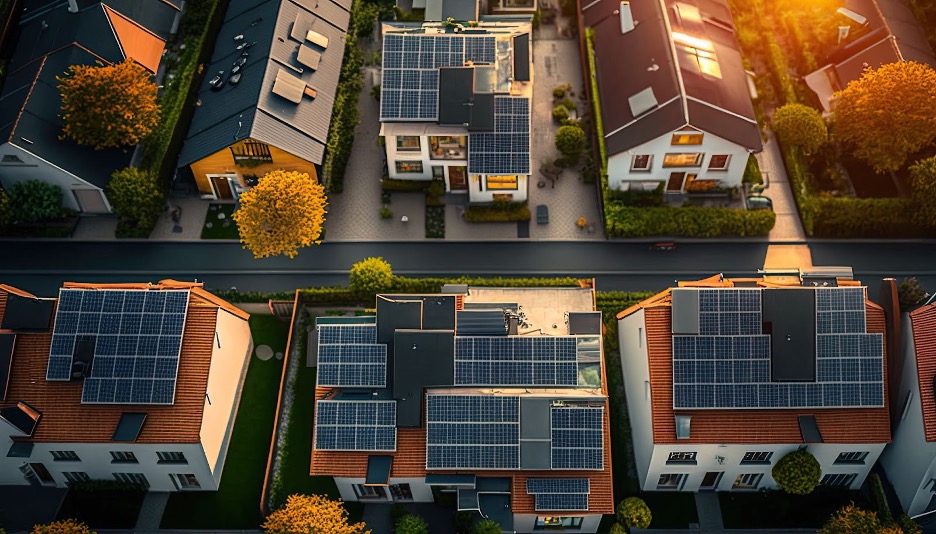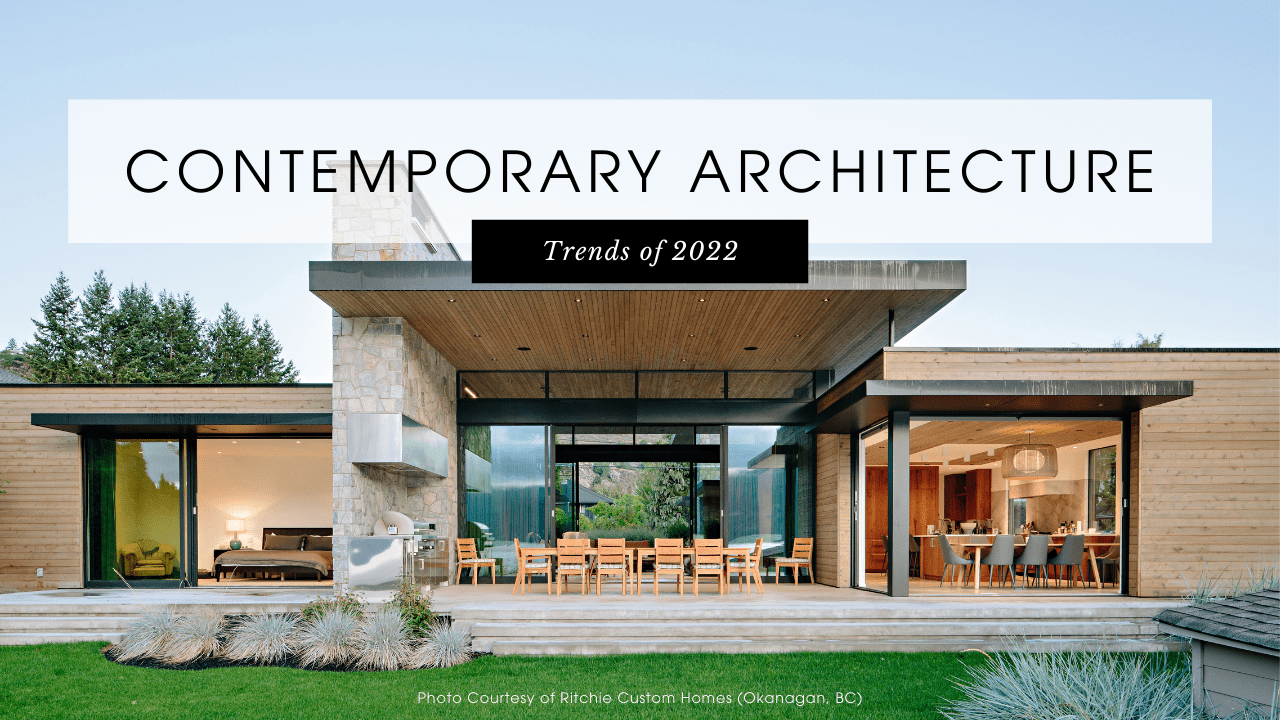
How to Design A Sustainable Home
Delve into the world of sustainable home design to discover effective ways to make your space more efficient. From choosing sustainable building materials to incorporating renewable energy systems, explore the various aspects of sustainable design that can significantly reduce your home’s environmental impact.
Read on to learn more about innovative technologies and design strategies that promote energy conservation, water efficiency, and indoor air quality. Whether you’re embarking on a new construction project or looking to make eco-conscious upgrades to your existing home, this guide will empower you to make informed decisions and create a sustainable living environment that aligns with your values.
Opt for Renewal Energy
Using renewable energy to power your home’s electricity helps minimize your carbon footprint and often, helps save you money in the long run.
Solar Electrical Systems
Solar panels are one of the most common renewable energy sources among homeowners. These panels capture the energy from the sun and convert it into electricity to power your home. They are typically installed on the roof, though you can place them anywhere on your property to take advantage of natural light throughout the day.
Geothermal Energy Systems
Geothermal pumps use the temperature of the earth to heat and cool your home. Though the Earth’s surface temperature varies depending on the season, the temperature about five feet below the surface is relatively consistent. Geothermal pumps draw up the heat from below ground and circulate it into a pump. During the winter, the pump draws up the heat and circulates it through your home to keep it warm. In the summer months, it pushes the heat into the ground and replaces it with cool air to minimize fuel usage and keep your home comfortable.
Micro Hydropower Systems
Micro hydropower systems capitalize on the energy of moving water to create electricity. While hydropower is available on a large scale thanks to dams, you can also create smaller micro hydropower systems to generate enough electricity to power individual homes, too. If you have running water on your property, like a stream, river, or creek, you can install a micro hydropower system that will generate between 10 and 100 kilowatts of energy—which is more than enough to supply the average home.

Optimize Energy Efficiency
A few strategic changes to your home can help you almost instantly reduce your energy usage.
High-Performance Windows
Installing high-performance windows can help minimize your energy usage by keeping your temperature steady. These windows help improve insulation thanks to airtight seals, and they have treated glass that keeps heat out—while still allowing natural light in. When considering your options, look for Energy Star®-certified windows rated between R-5 and R-10 to maximize your energy efficiency.

Energy Efficient Appliances
If you’re not careful, appliances can be a big drain on your energy resources. Energy-efficient appliances help minimize waste and allow you to drastically reduce the amount of energy you use day-to-day. While many of the primary appliances are in the kitchen like refrigerators, stoves, and dishwashers, don’t forget to evaluate your other household appliances like your air conditioner, water heater, washer, and dryer.
Cool Roofs
Cool roofs are designed specifically to reflect the sun’s heat—rather than absorb it—which can help keep your home cooler and more comfortable. By absorbing less solar energy, the cool roof will lower your air conditioning usage—and as a result, reduce your energy bill—while also making the interior of your home much more comfortable, especially during the summer months.
Incorporate Sustainable Landscaping Practices
While adding new appliances and upgrading your energy source can increase sustainability inside, don’t overlook outdoor improvements that can also help you reduce waste.
Drip Irrigation System
Instead of using a traditional hose to water your plants and landscaping, opt instead for a drip irrigation system. This sustainable option uses gravity to water your plants, eliminating the need for an electric pump. In this type of system, the irrigation tubes are also on the ground alongside the plants, which delivers more water into the roots and helps minimize water lost to evaporation.
Native Plantlife
When landscaping your home, be thoughtful about the plants and vegetation that you choose. Strategically choosing plants native to the region can help bolster the surrounding environment, like insects and animals, and create a thriving local ecosystem. It also reduces the amount of water needed, minimizing the need for fertilizer and pesticides.
Composting
Dedicate an area of your yard for a compost bin to make your home even more sustainable. Compost helps to improve your soil health and attracts beneficial organisms to help limit the need for chemicals like pesticides and fertilizer. Once your compost bin has been started, you can dispose of any brown and green materials, like dried leaves and food waste, to compost. Over time, these materials degrade and turn into nutrient-rich compost, which you can distribute to encourage flourishing plant life throughout your property.
Making these small changes to your home can have a major impact. By choosing energy-efficient practices and implementing sustainable strategies in your home, you will reduce your environmental impact, add cost efficiency, and build a home that supports a greener future.
Sources
Constellation – Guide to Energy-Efficient Appliances
United States Environmental Protection Agency – Composting At Home
Energy.gov – Cool Roofs




